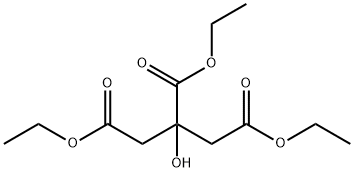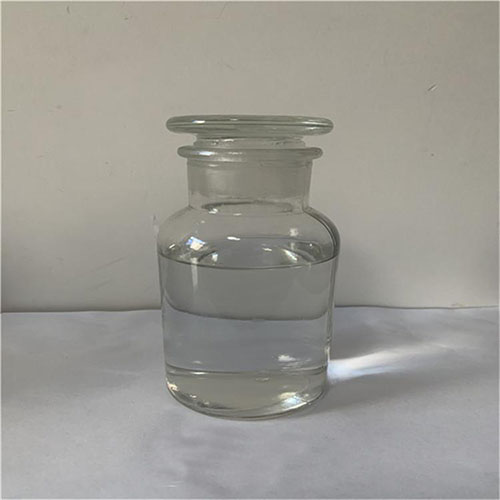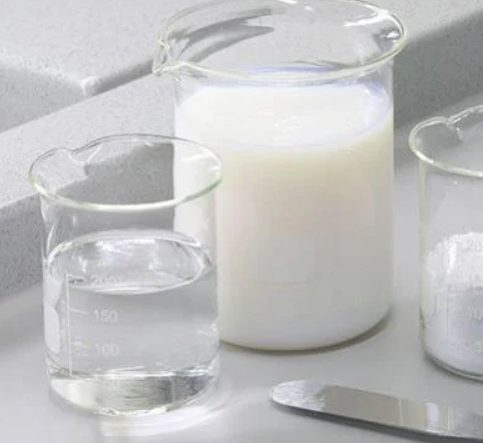Triethyl Citrate: Applications in Boosting PLA/Chitin Nanocomposites and its Toxicity Summary
General Description
Triethyl citrate, a colourless oily liquid, is a triester of ethyl alcohol-citric acid and is a plasticizer of choice for an aqueous system due to its water solubility. It has a viscosity of 35.2 cP at 25 °C and a vapour pressure of 1 mm Hg at 107 °℃. Its commercial name is Citroflex®. It enhances the dispersion of chitin within the PLA matrix, improving optical transparency and mechanical properties, particularly at a concentration of 7.5 weight percent. Besides its application in nanocomposites, triethyl citrate is used as a solvent, softener, and food additive.
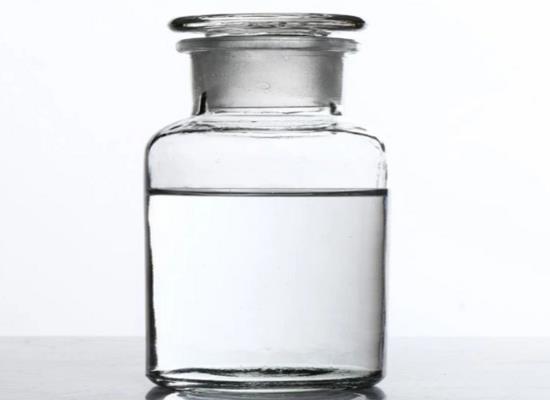
Used in PLA
Triethyl citrate is used as plasticizer in the pharmaceutical industry. Its application is in almost all dosage forms including pharmaceutical pellet coating, soft gel capsules, tablet coating, hard gelatin capsules and all type of films (including transdermal & buccal films).
Polylactic acid (PLA) is an attractive biopolymer for packaging and biomedical applications because of its biodegradability, non-toxicity, good mechanical properties, high optical transparency, and commercial availability. However, PLA is brittle and exhibits low thermal stability, low melt strength, moderate barrier properties, and a slow crystallization rate. It is, therefore, necessary to modify the PLA to improve these properties and make it competitive among the common polymers used in the industry.
Herrera et al. determine a plasticizer content that has the minimum plasticizer effect on PLA but still enhances the dispersion and distribution of ChNC in the PLA matrix and, thus, obtains a nanocomposite with improved properties. Therefore, PLA composites with 3 wt % of chitin nanocrystals and triethyl citrate with varied contents of 2.5, 5.0, and 7.5 wt % were produced via liquid-assisted extrusion. The gel permeation chromatography confirmed that adding water and ethanol during the extrusion process did not significantly affect the molecular weight of PLA. The liquid feeding of ChNC together with TEC plasticizer resulted in PLA-TEC-ChNC nanocomposites with improved dispersion and distribution of ChNC. The nanocomposite with the highest plasticizer content (PLA-TEC7.5-ChNC) showed enhanced mechanical, thermal, and thermo-mechanical properties compared with its counterpart without ChNC (PLA-TEC7.5). The improved interaction between PLA and ChNC in the presence of TEC is attributed to hydrogen bonding, which was supported by the FTIR study.
Human Exposure and Animal Studies
Research on human exposure to triethyl citrate indicates that a 20% formulation in petrolatum does not act as a primary irritant or sensitizer. However, animal studies reveal varied responses to triethyl citrate. In one guinea pig maximization test, undiluted triethyl citrate demonstrated strong sensitizing effects. Additionally, a concentration of 33.3% caused irritation in rabbit eyes. Intravenous administration of triethyl citrate at a dosage of 100 mg/kg body weight significantly increased motor activity and respiration in rabbits. A study involving mice showed that daily intraperitoneal doses of 350 mg/kg body weight of triethyl citrate over 14 days led to a slight reduction in growth rate, though there were no significant changes in erythrocyte or leukocyte counts. Toxicological evaluations, including an Ames test with Salmonella typhimurium, confirmed that triethyl citrate is negative for mutagenicity in both activated and non-activated conditions. Overall, triethyl citrate demonstrates a complex profile of biological effects requiring careful evaluation in various contexts.
References:
[1] NATALIA HERRERA. Triethyl Citrate (TEC) as a Dispersing Aid in Polylactic Acid/Chitin Nanocomposites Prepared via Liquid-Assisted Extrusion.[J]. Polymers, 2017, 9 9. DOI:10.3390/polym9090406.Related articles And Qustion
See also
Lastest Price from Triethyl citrate manufacturers
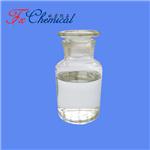
US $0.00/KG2025-04-21
- CAS:
- 77-93-0
- Min. Order:
- 30KG
- Purity:
- 99%min
- Supply Ability:
- 30tons/month

US $120.00/kg2025-04-21
- CAS:
- 77-93-0
- Min. Order:
- 1kg
- Purity:
- 0.99
- Supply Ability:
- 1000000
